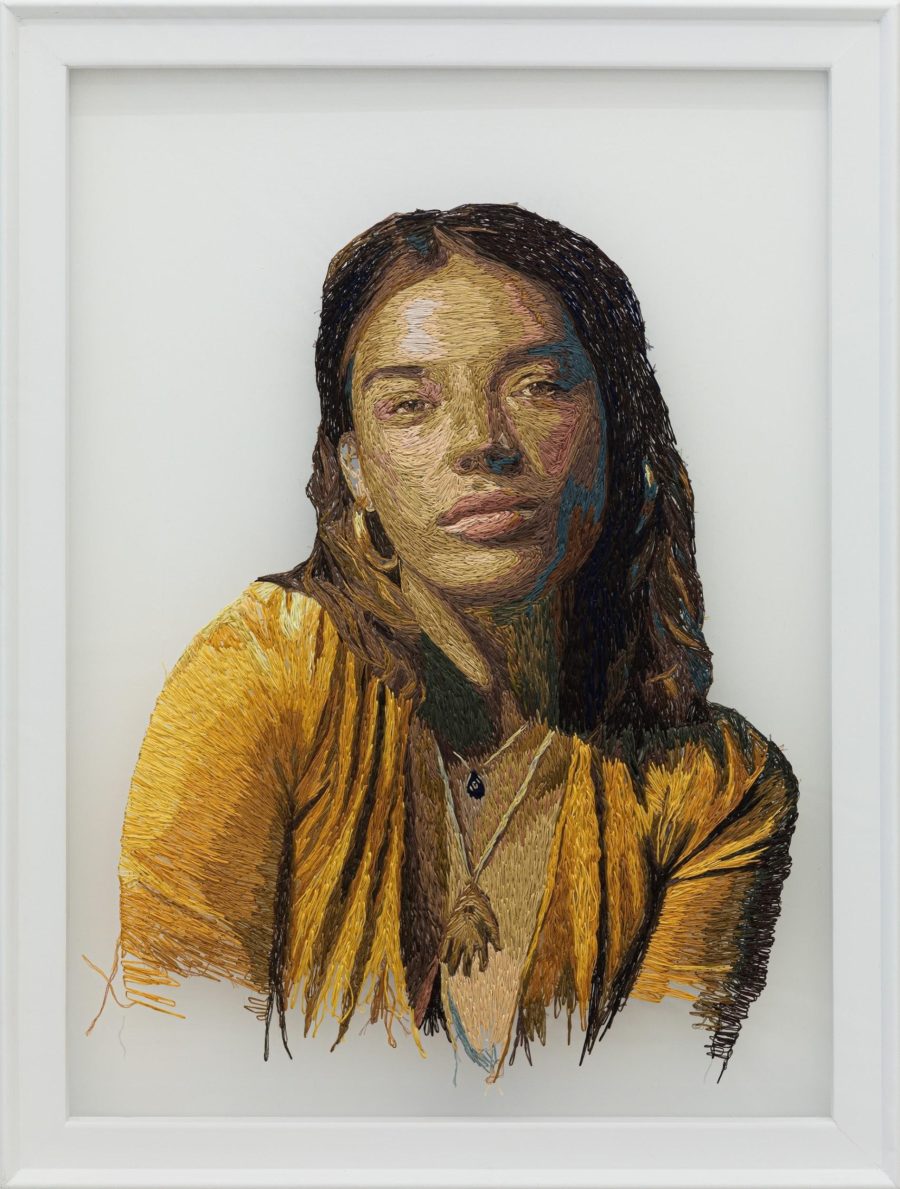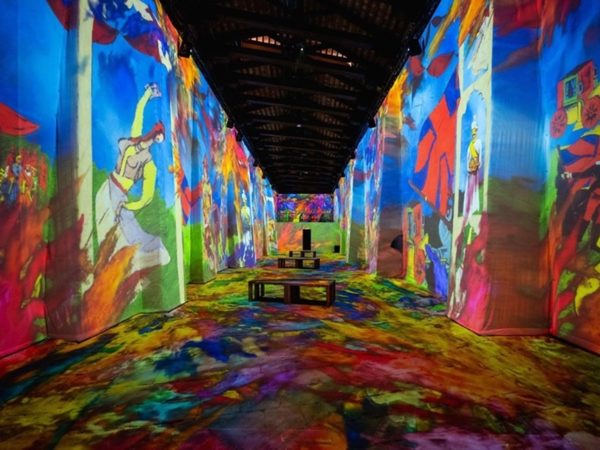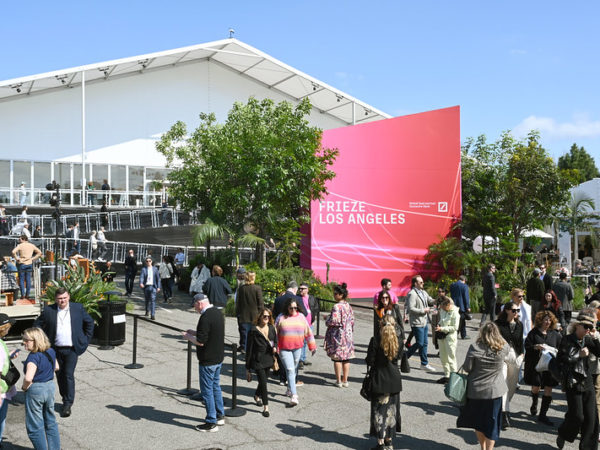Voting For 100
Frist Art Museum, in Nashville Tennessee, honors inceptive voters to celebrate the 100th anniversary of active suffrage, with an art exhibition
The right to vote, or active suffrage as it is politically referred to, is an activity we all take for granted in today’s day and age. However, back in the 1900s, it was a right that immigrants, people of color, women, and other minorities had to struggle and demonstrate to have access to.
We Count: First-Time Voter is an online exhibition that honors the 100th anniversary of the passage of the 19th Amendment and the importance of civic engagement, by highlighting the history of voting in the United States through powerful artworks that look at the voting experiences of a diverse group of Nashvillians.
The museum is showcasing the works of five local artists who created visual representations of the historical voting experiences in a variety of mediums, from paintings to embroidery. The exhibition opened on May 1 and is on till December 31, 2020, featuring work by Kurdish artist Beizar Aradini, African American Thaxton Waters, Donna Woodley, M Kelley, and Jerry Bedor Phillips.
“Men bear arms, women bear armies” is a beautiful line by Anne Dallas Dudley, who boldly stated this back in the 1900s. It is also the submerged text that cues the viewer into Thaxton Waters’ evocative acrylic on wood artwork that features portraits of mixed race men, for whom it was important to be part of the American armies of the 1900s because it was the right to bear arms that also gave them the right to vote.
“When I was doing my research for this work, I found that behind this army of men at war were the generations of women who have been their mothers, their sisters, their wives,” says the artist. Women as homemakers are often not seen as part of the legislature or ‘given’ the right to vote. “This phrase was the framework for the conversations I had throughout the North Nashville community about voting, as well as the imagery and motifs used throughout this painting,” adds Waters.
Interestingly Waters also adds comical Terry Toon images of Heckle and Jeckle, two Post-War I, animated cartoon characters created originally by Paul Terry, to comment on Jim Crow who was Prime minister during the Post-War era, during whose tenure colored American soldiers did not get all that they were promised in Pre-War times. However, on August 18, 1920, the Tennessee state legislature voted to ratify the 19th Amendment to the U.S. Constitution, which guarantees and protects women’s right to vote.
This strong work is balanced by the sensitive embroidered portrait of Beizar Aradini’s friend Drenusha Kolshi, an immigrant to America from Kosovo in 1999. Aradini is also an immigrant though her parents were ‘naturalized’ as citizens earlier around 1992. “When I think of voter’s rights, I think of citizenship and legal identification. I am the daughter of immigrants. When my parents became citizens, it gave them a new identity, protection, security, and comfort,” recalls Kurdish artist Aradini.
In this work, she weaves a story from the perspective of her friend who is going through the lengthy process of gaining citizenship. “The figure on display is fleeing a civil war. As an adult she recognized the privileges and comforts that come with becoming naturalized,” says Aradini whose intricate portraiture is also accompanied by an embroidered text.
Donna Woodley bases her portraits on time spent with women like Beverly Glaze-Johnson, an African American who has been voting for 43 years. “I sensed her passion and work ethic, ensuring not only that her family knows the significance of casting their vote in each and every election, but also that others recognize the importance of serving the community through voter registration and voting in all elections,” says the visual artist who works primarily discuss the relationship between Black and American culture.
Printmaking artist M Kelley uses the ballot box as her icon of protest and her symbolic works are enhanced by flags of representation. “I chose to circle back to the criminal justice system and engage the conversation around disenfranchisement and restoration of voting rights,” says Kelley.
Artist Jerry Bedor Phillips holds multiple roles as an artist, building manager, studio assistant, and gallery coordinator. His works are rendered in colored pencil on paper and capture the energy and work behind the process of voting for the first time, inspired by narratives he collected from four members of the Nashville community who played an important role in the struggle for gaining suffrage.
Log on to view the exhibition, watch video interviews of the artists and even see them create the works in their studios at https://fristartmuseum.org/calendar/detail/we-count-first-time-voters
Text by Georgina Maddox
Image Courtesy: John Schweikert and Artist headshots: Aisha S. Kaikai (@ishpicturesque).
Find out more about the Artists and Gallery:
https://www.beizararadini.com/
https://donnawoodley.com/home.html
https://jerryfish.net/?page_id=213
https://www.instagram.com/jerryfish103/?hl=en











